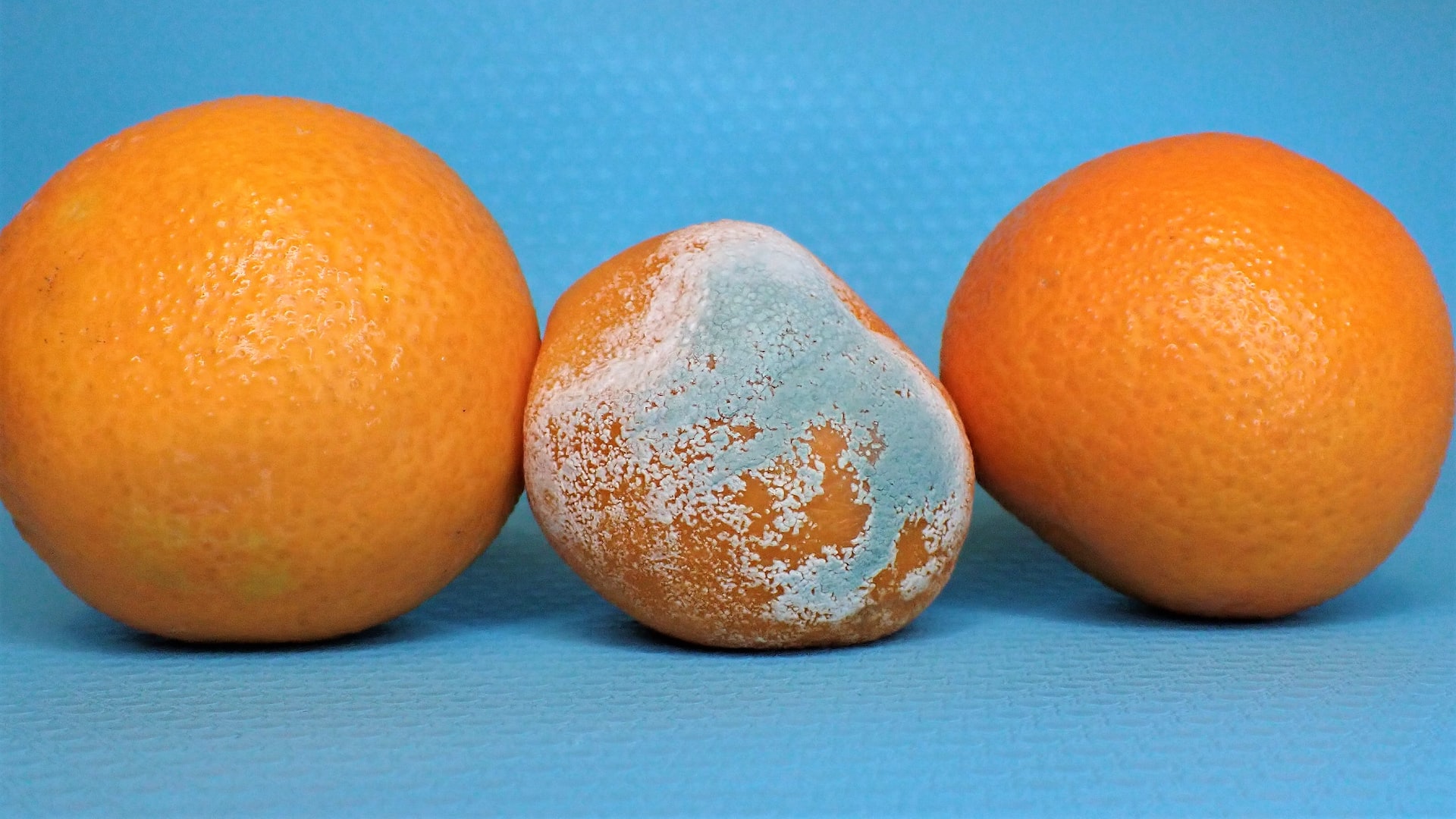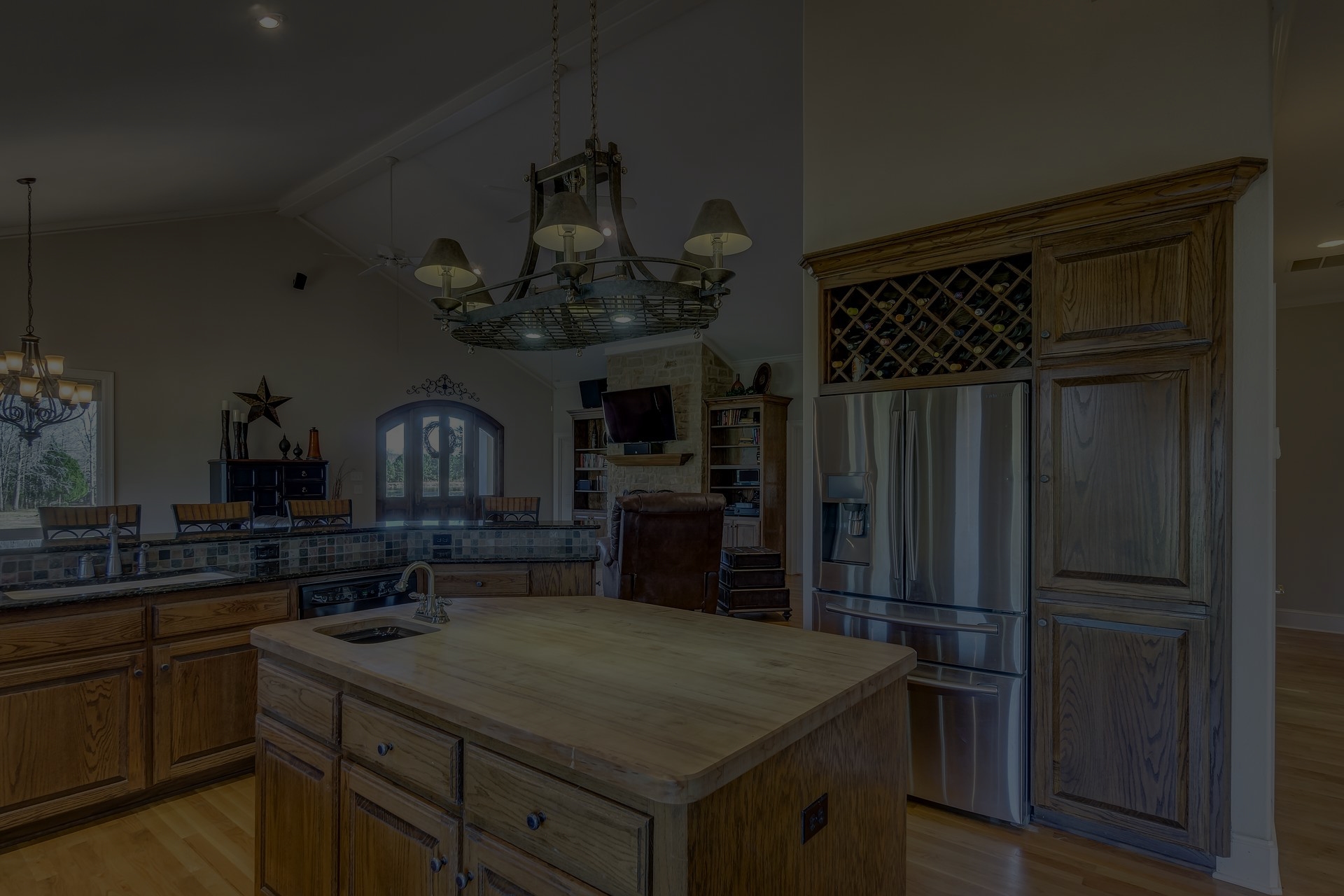
11 Aug What Are the Different Colors of Mold?
Mold grows in a wide spectrum of colors, and can also range in toxicity from harmless to dangerous, depending on the variety. Discovering fungus growing in your house is always unpleasant, and mold of any color is an unwelcome intruder. Regardless of its appearance, the experts at Pure Maintenance of New England recommend removing any mold you find as soon as possible.
What Do the Different Colors of Mold Mean?
There are many different types of mold, and each mold colony can take on a variety of colors during its life cycle. You might even find multi-colored mold in the humid areas of your house where it thrives off of warmth and moisture. Different colors of mold can indicate different types of mold, or the maturity of a mold colony. Here’s what some of the different colors of mold may mean.
Green
One of the most common colors of mold you’ll see is green. It appears often in both indoor and outdoor spaces, and can be difficult to spot, especially if it is growing on plants.
Many different species of mold appear green at least once in their life cycles, so you will need an expert to identify which type of mold is in your home. If you spot green mold in one room, chances are it may be elsewhere in your house as well. Check around window sills, underneath sinks, in crawl spaces, and anywhere else that is warm and damp.
Gray
Your physical reaction to mold depends on the strength of your immune system. Some people are highly sensitive to mold, while others remain unaffected. Gray mold, however, is typically more dangerous to plants than to people.
Gray mold kills its plant host and lives off of the dead organic tissue that remains. You can treat plants infected with gray mold by pruning the infected leaves and taking steps to improve the air circulation surrounding your plants.
White
Common colors of mold and mildew often overlap. White mold can resemble mildew in its early stages, so the two often get confused.
Mildew is a nuisance, but is harmless. White mold, on the other hand, feeds off of organic materials and can compromise the integrity of the fabric, drywall, or wood on which it grows. Like most species of mold, white mold thrives in humid environments, so look for it in bathrooms, basements, and behind walls.
Pink
You may have noticed a pink, fuzzy film growing around your bathroom. Pink “mold” in your shower, toilet, and around your bathroom windows is a common occurrence. However, while it behaves like mold, this colorful invader is actually a bacteria that thrives in damp places.
Even though it’s not technically mold, pink bacteria is just as tricky to remove. Professional remediation is often needed to evict this unwelcome tenant entirely. To keep mold and other nasties out of your bathroom, eliminate moisture and encourage airflow by running the fan and opening the windows after you shower.
Yellow
If you see yellow mold growing in your home, it’s time to call Pure Maintenance New England. There are several species of mold that can appear yellow, and some of them can cause allergies and other serious health risks if left unchecked.
Red
Usually found on drywall that’s been subjected to water damage, red mold is easy to spot. If you have had recent flooding, leaking, or other problems that resulted in water damage, check for mold right away.
Many types of mold thrive on water-damaged materials and may appear in a variety of colors. Some of these molds may be dangerous to your health, so it is always a good idea to schedule a professional mold inspection.
Orange
Most commonly found on wood, orange mold can also grow on other organic materials. Despite its bright color, it often goes unnoticed, since it is commonly mistaken for rust or dirt.
Attic rafters, ceilings, wood beams, and kitchen floors are the areas of your home at the highest risk of sprouting orange mold. Keep an eye on any areas that frequently get exposed to moisture, like vanity cabinets and water pipes.
Brown
Identifying brown mold visually can be difficult since many homeowners mistake the early stages of brown mold for normal discoloration. If you see brownish floor tiles, walls, or ceilings and also notice a musty smell, chances are you are dealing with mold.
As it advances, brown mold can develop a fuzzy, hairy, or even mushroom-like appearance, and may agitate allergy symptoms or asthma.
Purple
It is very rare to see purple mold, but if you do, call us right away. Purple mold is usually a variant of toxic black mold and can be dangerous to your health. We do not recommend attempting to remove toxic mold on your own, as improper tactics can make you sick and allow the mold to return.
Blue
This type of mold is most commonly found on food, but can also grow on walls and it thrives in wet environments. Blue mold is typically the penicillium strain, the same one that is used to make antibiotics. However, while it has useful medical properties, blue mold is dangerous to ingest. Never eat any food that is growing mold—throw moldy food away!
Black
You’ve probably heard of the infamous “black mold” that is dangerous to both your home and your health. Toxic black mold, however, is not always black, and not all black molds are toxic.
The best way to determine if you’ve been exposed to toxic black mold is to have a professional test and identify the spores in your house. If you do have black mold, do not attempt to get rid of it on your own. Call Pure Maintenance of New England for safe, non-invasive mold removal services.
What Does Black Mold Look Like?
Stachybotrys chartarum, otherwise known as toxic black mold, normally appears black or greenish-black but may present itself in a variety of colors. It may look green, white, or even purple. Toxic mold cannot be identified by its color alone—it must be examined under a microscope.
Physical symptoms of mold toxicity include:
- Cognitive difficulties
- Vertigo
- Mood swings
- Numbness or tingling
- Fatigue
However, black mold is not the only species that can cause mold toxicity or mold allergies. The safest way to protect yourself and your family is to call a mold remediation specialist to remove any mold you find in your home, regardless of its color.
Mold Removal in New England
Pure Maintenance of New England is a demolition-free mold removal company. We are proud to provide experienced, skillful mold remediation services to communities all over Massachusetts.
For a free inspection or for effective and efficient mold removal, call 401-205-3825 today and start breathing easily in your home once more!
Images used under creative commons license – commercial use (8/11/2022). Photo by Nancy Hughes on Unsplash




No Comments